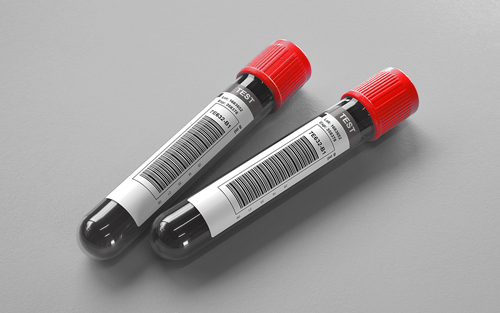Cadmium, Whole Blood
Ordering Recommendation
Useful in the assessment of acute toxicity. For chronic exposure and the assessment of cadmium body burden, Cadmium, Urine (0025040) is preferred.
New York DOH Approval Status
Specimen Required
Diet, medication, and nutritional supplements may introduce interfering substances. Patients should be encouraged to discontinue nutritional supplements, vitamins, minerals, non-essential over-the-counter medications (upon the advice of their physician).
Royal blue (K2EDTA) or royal blue (NaHep).
Transport 3 or 6 mL whole blood in the original collection tube. (Min: 0.5 mL)
Room temperature. Also acceptable: Refrigerated.
Specimens collected in tubes other than royal blue (K2EDTA) or royal blue (NaHep).
Specimens transported in containers other than royal blue (K2EDTA) or royal blue (NaHep) tube or trace element-free transport tube. Clotted specimens.
Ambient: Indefinitely; Refrigerated: Indefinitely; Frozen: Unacceptable
Methodology
Quantitative Inductively Coupled Plasma-Mass Spectrometry (ICP-MS)
Performed
Sun-Sat
Reported
1-3 days
Reference Interval
Less than or equal to 5.0 µg/L
Interpretive Data
Blood cadmium levels can be used to monitor acute toxicity and, in combination with cadmium urine and B-2 microglobulin, is the preferred method for monitoring occupational exposure. Symptoms associated with cadmium toxicity vary based upon route of exposure and may include tubular proteinuria, fever, headache, dyspnea, chest pain, conjunctivitis, rhinitis, sore throat, and cough. Ingestion of cadmium in high concentration may cause vomiting, diarrhea, salivation, cramps, and abdominal pain.
Elevated results may be due to skin- or collection-related contamination, including the use of tubes that are not certified to be trace element free. If an elevated result is suspected to be due to contamination, confirmation with a second specimen collected in a certified trace element-free tube is recommended.
Methodology: Inductively Coupled Plasma-Mass Spectrometry (ICP-MS).
Laboratory Developed Test (LDT)
Note
Hotline History
Hotline History
CPT Codes
82300
Components
| Component Test Code* | Component Chart Name | LOINC |
|---|---|---|
| 0099675 | Cadmium, Whole Blood | 5609-3 |
Aliases
- Blood concentration, cadmium
- Cd
- CDB
















